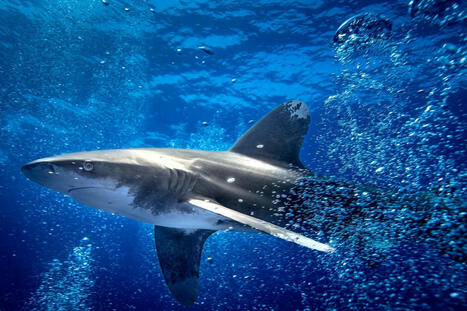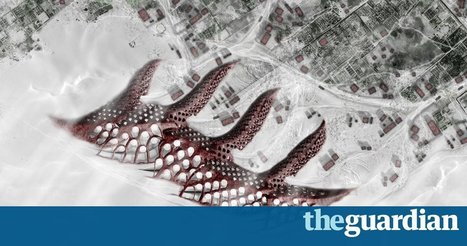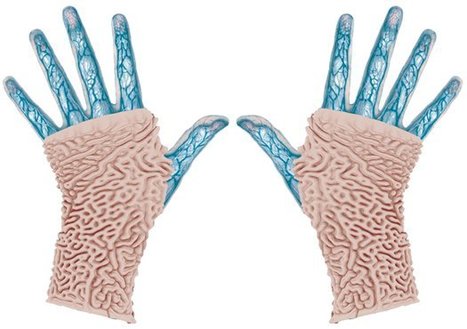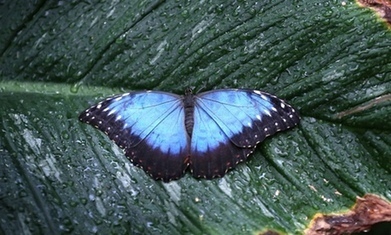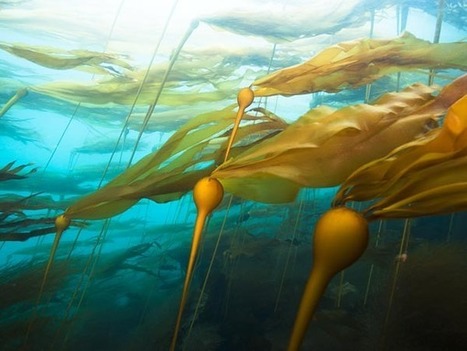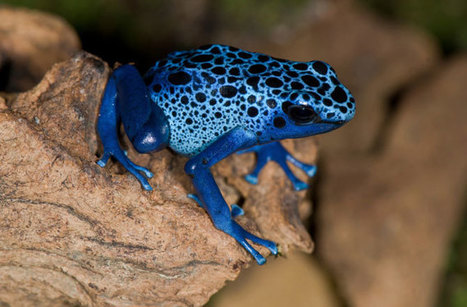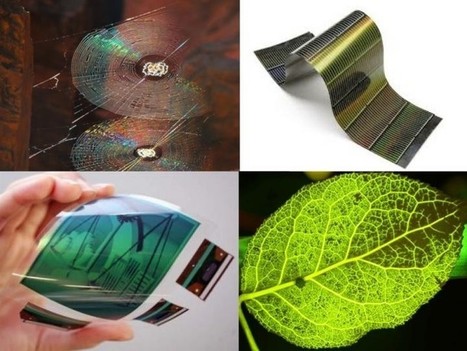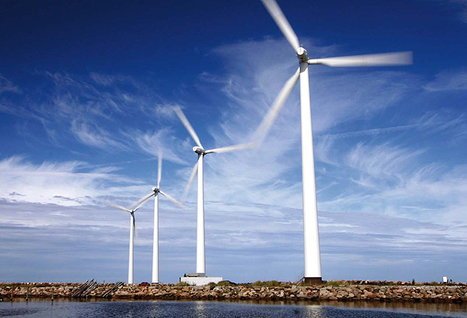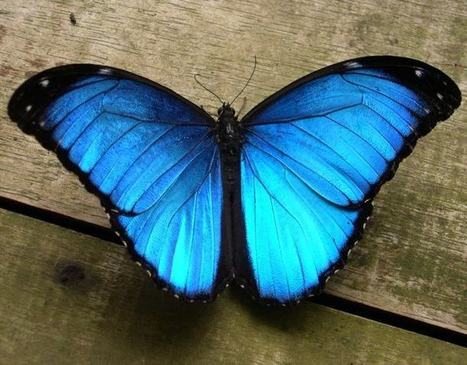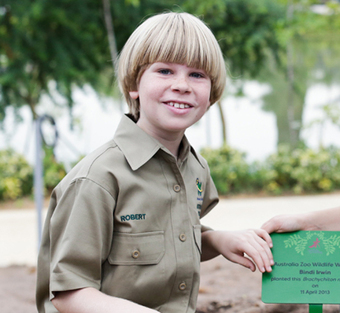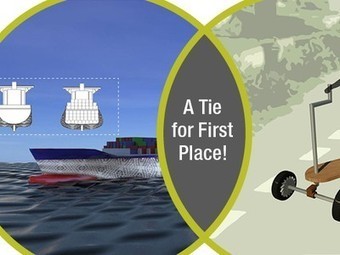Follow, research and publish the best content
Get Started for FREE
Sign up with Facebook Sign up with X
I don't have a Facebook or a X account
Already have an account: Login

 Your new post is loading... Your new post is loading...
 Your new post is loading... Your new post is loading...

The Morpho Institute's curator insight,
September 4, 2013 5:53 PM
Amazing - just amazing...the design of this moth cocoon from Peru begs the question "why"...what design principles are in play and what can we learn from them... |

The Morpho Institute's curator insight,
December 17, 2013 10:25 AM
Seeking adventurous educators to join us for the 2014 Educator Academy in the Amazon as we explore the rainforest for inspiration to create k-12 biomimicry classroom connections!

The Morpho Institute's curator insight,
November 6, 2013 2:31 PM
Hope to see this on a North American channel soon!

The Morpho Institute's curator insight,
June 10, 2014 7:59 AM
This could be your students next year!

The Morpho Institute's curator insight,
April 15, 2020 11:43 AM
Don't pass this collection of resources up. It's a fantastic source of inspiration during these challenging times! |





